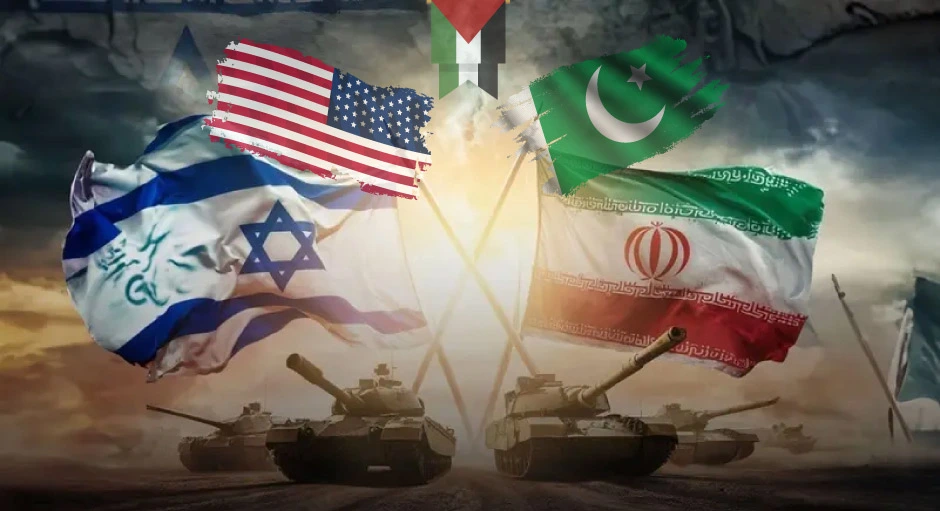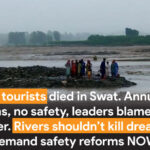Physical Address
304 North Cardinal St.
Dorchester Center, MA 02124
On June 22, 2025, the United States military launched a high-intensity operation dubbed “Operation Midnight Hammer”, targeting three of Iran’s most critical nuclear facilities—Fordow, Natanz, and Isfahan. Using precision bunker-buster bombs and long-range cruise missiles, the strikes were aimed at crippling Iran’s uranium enrichment infrastructure.
The U.S. justified this offensive as a pre-emptive action to prevent Iran from reaching weapons-grade enrichment capabilities. However, the scale and intensity of these attacks marked a significant turning point, transforming the already-tense Israel-Iran conflict into a potential multilateral war zone. The destruction of nuclear facilities, particularly those deemed essential for civilian nuclear energy as well as strategic deterrence, violates international norms and has led to immediate and widespread global condemnation.
These reactions reflect a broader fear of unchecked militarism and the erosion of international conflict-resolution frameworks.
In retaliation, Iran launched multiple missile barrages toward Israeli military bases and economic hubs, including areas around Tel Aviv, the Golan Heights, and Haifa. Several rockets were also fired toward U.S. naval positions in the Gulf, although their impact remains under verification.
In response, Israel, backed by U.S. intelligence and logistics, has continued a wave of aggressive aerial and cyber offensives, targeting:
This cycle of escalation has turned what was once a cold proxy conflict into a direct, high-risk military engagement, with both sides refusing to step back, and neither showing signs of de-escalation.
With nuclear sites now directly attacked and military alliances visibly taking shape, fears are mounting of a wider, possibly global, military conflict—what many are now labeling as the first genuine steps toward World War III.
Key developments raising alarms:
The economic impact could be profound, from inflationary shocks to supply chain disruption, particularly in energy, shipping routes, and food supplies dependent on Middle Eastern trade corridors.
Pakistan finds itself in a precarious strategic position, facing immense pressure from all directions:
Pakistan shares a volatile border with Iran. With the conflict now spilling into Balochistan, sectarian tensions, and proxy operations, fears of militant spillovers have re-emerged. Intelligence sources have warned of Iranian-backed groups possibly activating sleeper cells in retaliation against U.S. allies.
Reports confirm:
This dual engagement places Pakistan in a strategic squeeze—expected to mediate peace while managing internal dissent and maintaining sovereignty.
Caught between competing interests:
Pakistan’s response must be balanced, cautious, and calculated, as any misstep could entangle the nation in a larger war with economic, political, and social fallout.
This week’s events mark a historical inflection point—a region known for strategic ambiguity is now moving dangerously close to open warfare. The U.S.–Iran–Israel triangle threatens to pull in regional players, provoke widespread instability, and realign the global power dynamic.
For Pakistan and the wider South Asian region, the challenge is not just diplomatic but existential—navigating war without losing peace.





